Teaching preschoolers the alphabet is a fundamental step in their journey to becoming proficient readers. Engaging in activities that make learning fun can significantly enhance their literacy skills. Here are some creative and effective alphabet activities that will captivate young learners and foster a love for letters.
1. Interactive Storytelling
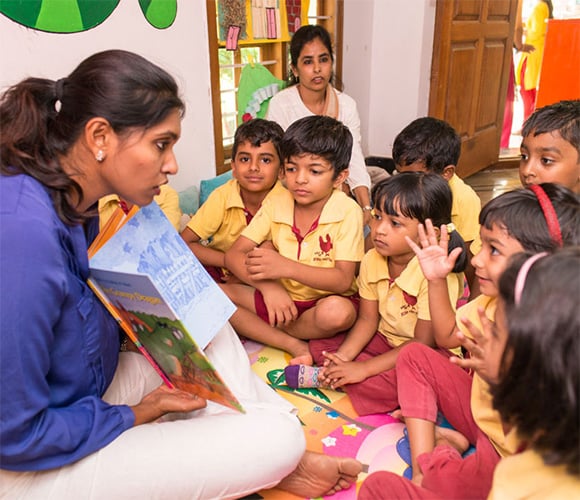
Using books that focus on the alphabet can be a powerful tool. Interactive storytelling sessions, where children are encouraged to point out and trace letters, can help reinforce letter recognition. Books with colorful illustrations and repetitive text patterns are particularly effective.
2. Alphabet Art Projects
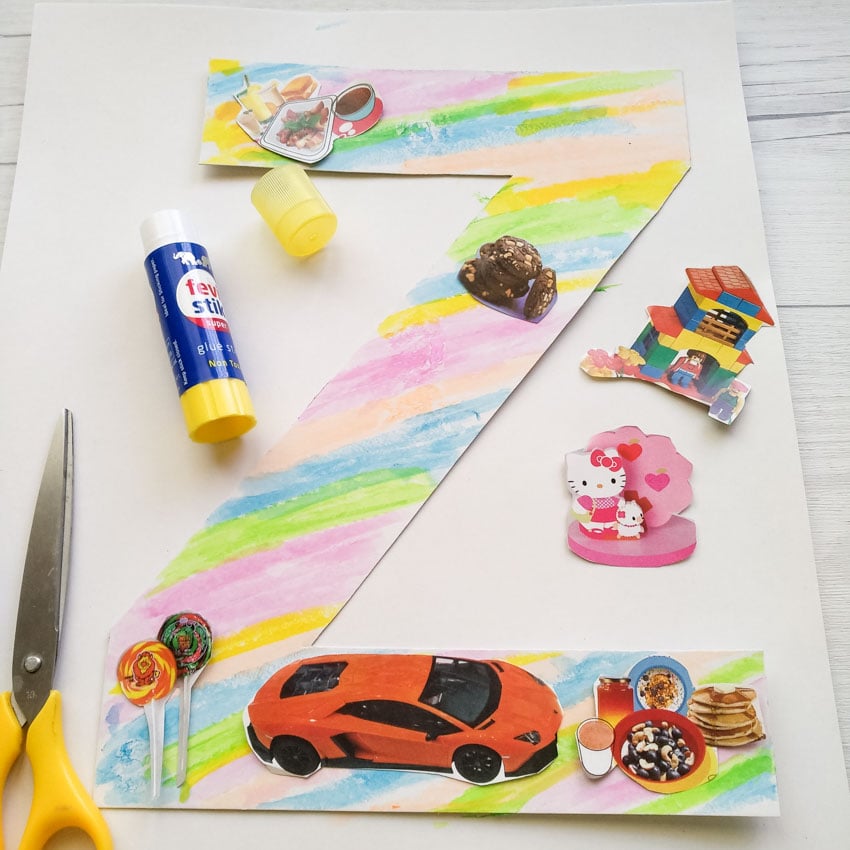
Art activities are a fantastic way to combine creativity with learning. Children can create letter collages using magazines, stickers, or cut-out letters. Painting and decorating large letter cutouts with different materials like glitter, paint, and markers can make the learning process enjoyable and memorable.
3. Letter Matching Games
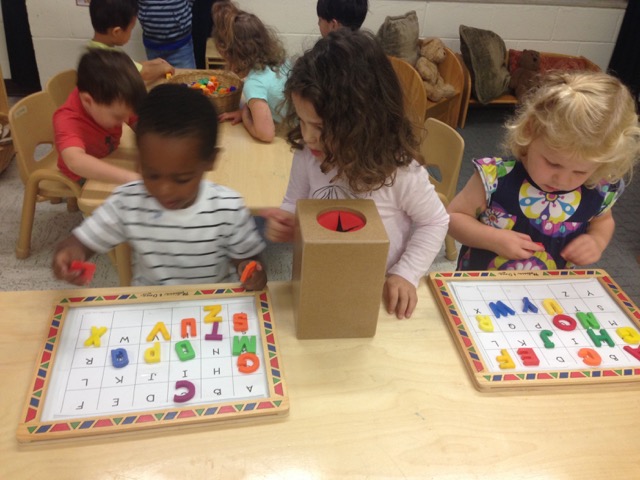
Matching games are excellent for visual recognition and memory. Use flashcards or magnetic letters to create matching activities where children pair uppercase and lowercase letters. This can be turned into a fun game with rewards for correctly matched pairs.
4. Sensory Play
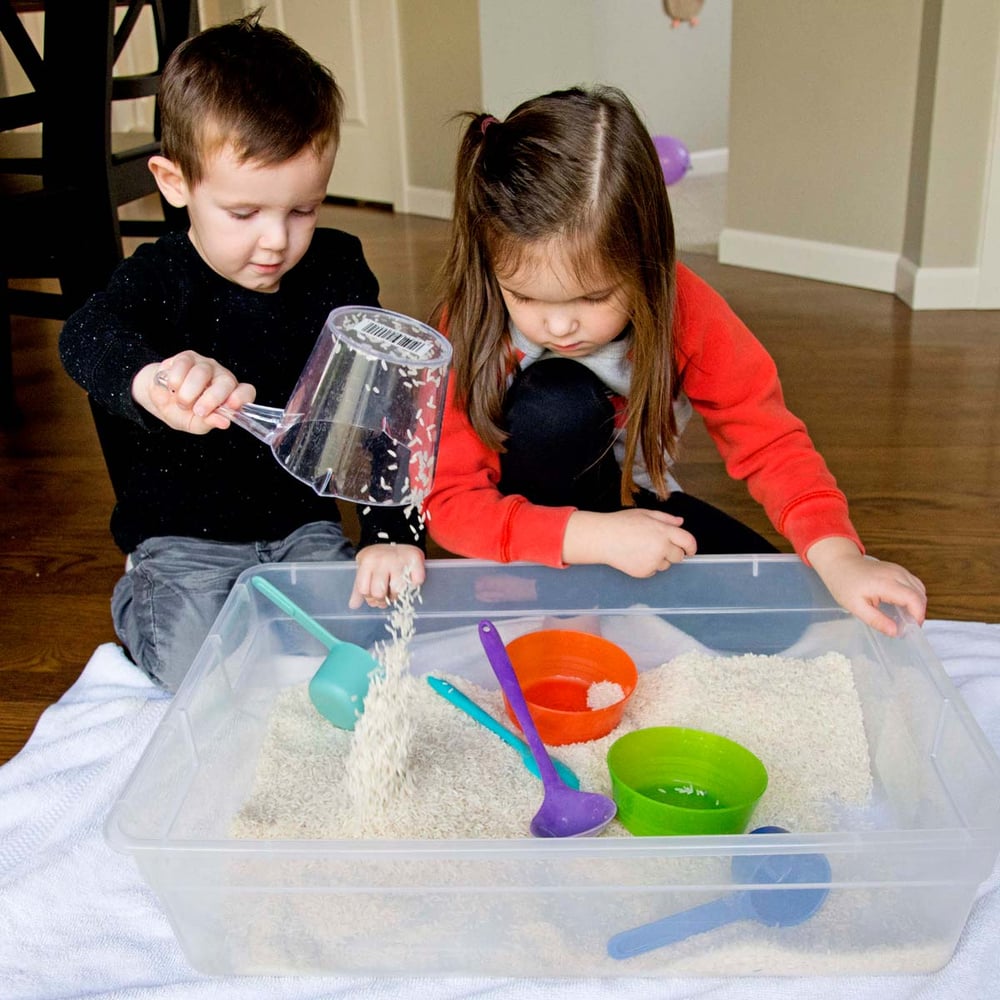
Incorporating letters into sensory play can help children learn through touch. Sensory bins filled with rice, sand, or water beads can include hidden letters for children to find. Textured letters, such as those made from sandpaper or fabric, can also enhance tactile learning experiences.
5. Alphabet Songs and Rhymes
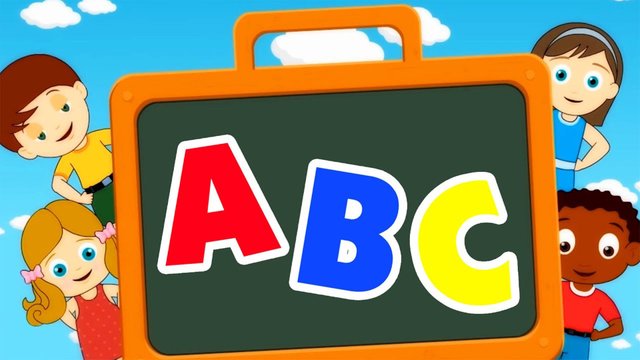
Songs and rhymes are great for auditory learners. Alphabet songs that incorporate catchy tunes and movements can help children remember the order and shape of letters. Nursery rhymes that emphasize letter sounds can also aid in phonemic awareness.
6. Digital Learning Tools
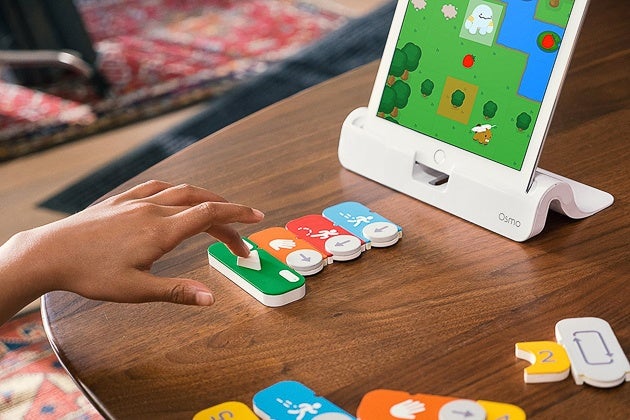
Educational apps and online games designed for letter recognition can be an excellent addition to traditional learning methods. These digital tools often include interactive and engaging activities that keep children interested and motivated.
7. Outdoor Alphabet Hunt

Taking learning outside can make it more dynamic. Organize scavenger hunts where children look for objects that start with specific letters. Chalk activities on sidewalks or playgrounds, such as drawing and tracing letters, can also be a fun outdoor alphabet exercise.
8. Alphabet Cooking Activities
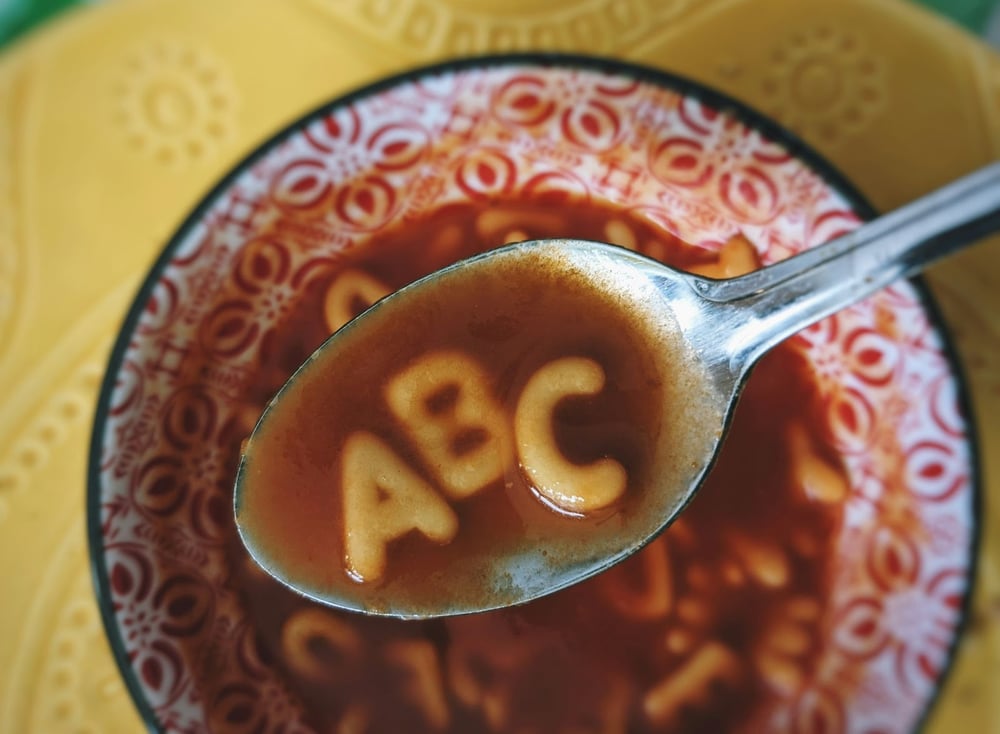
Cooking can be an educational and enjoyable activity. Bake cookies in the shapes of letters or create letter-themed snacks, like "A is for Apple" slices. Cooking together provides a hands-on opportunity to discuss letters and sounds in a meaningful context.
9. Incorporating Letters into Daily Routines
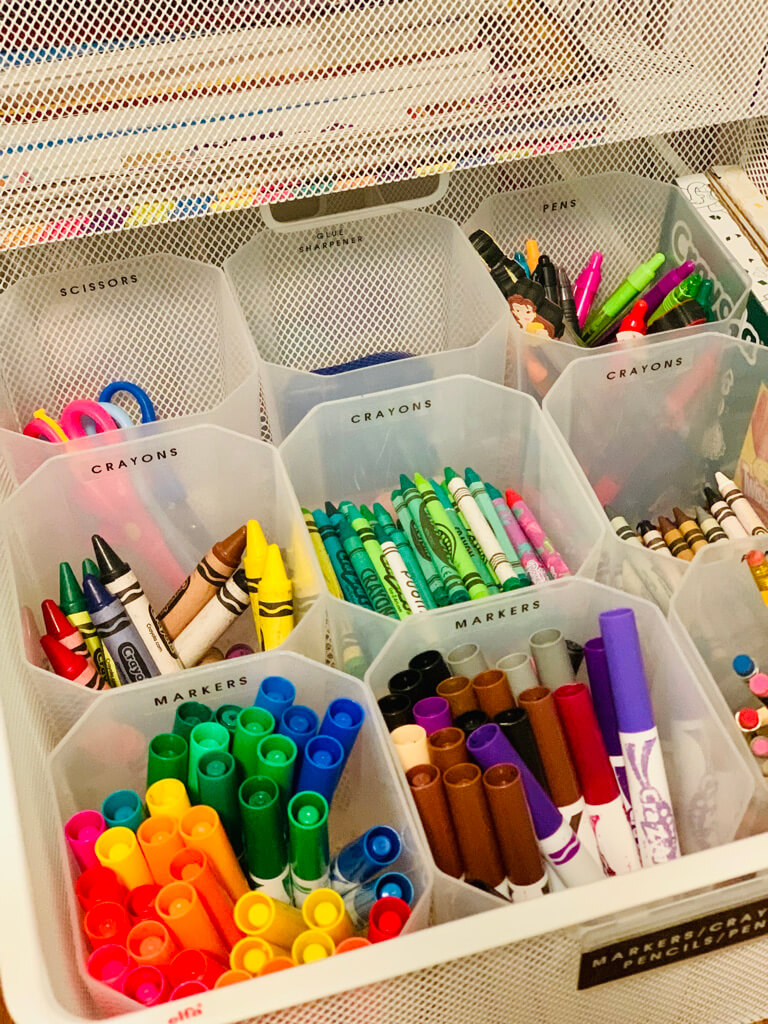
Incorporate letters into everyday activities to provide constant reinforcement. Label household items with their corresponding letters or create a letter of the day routine where the family focuses on recognizing and using that letter throughout the day.
Conclusion
By incorporating these engaging alphabet activities, parents and educators can make learning letters a fun and interactive experience. These methods not only enhance letter recognition and phonetic skills but also instill a lifelong love for reading and learning in preschoolers. Integrating these activities into daily routines ensures that learning is continuous, enjoyable, and effective.
